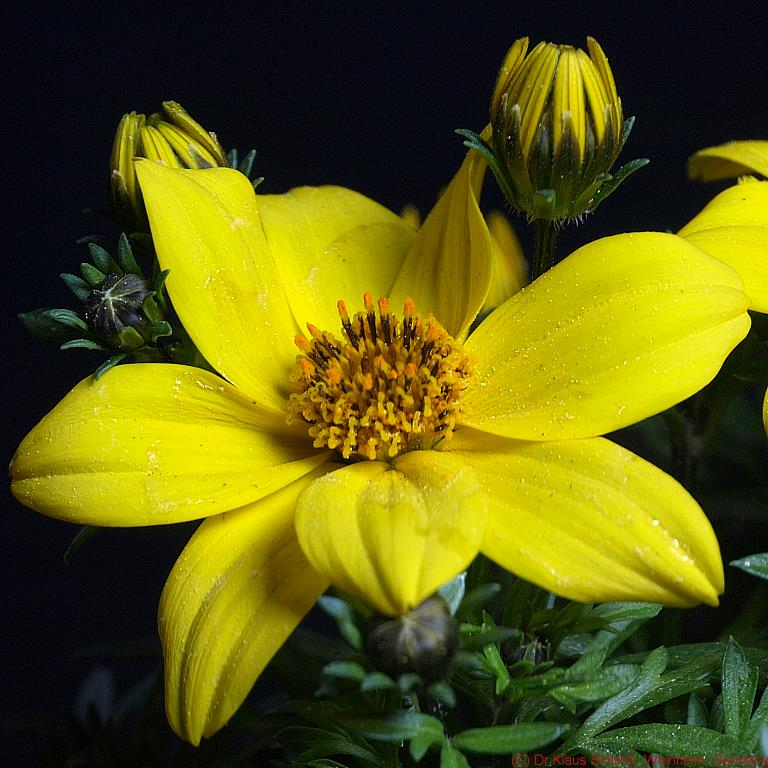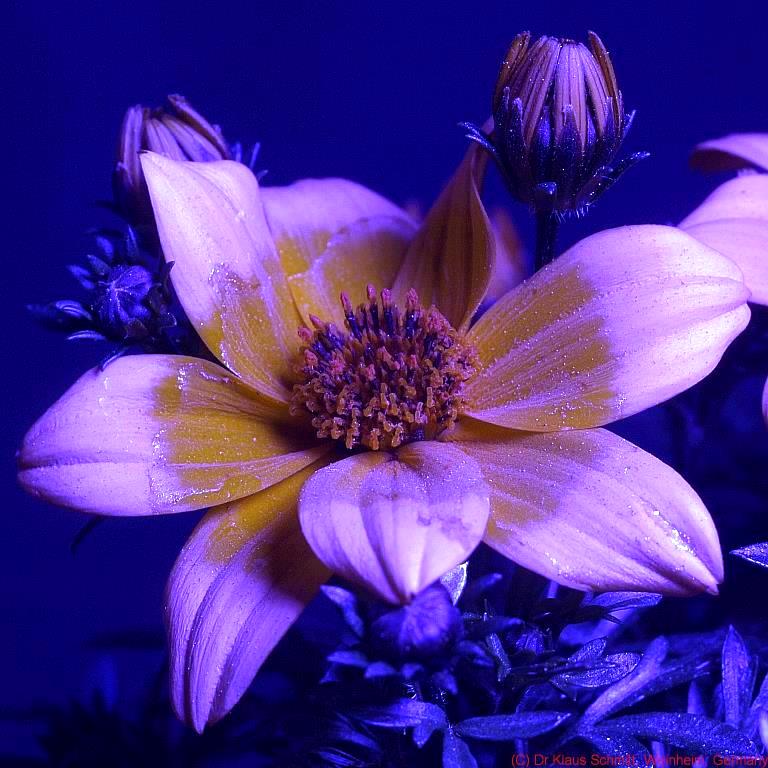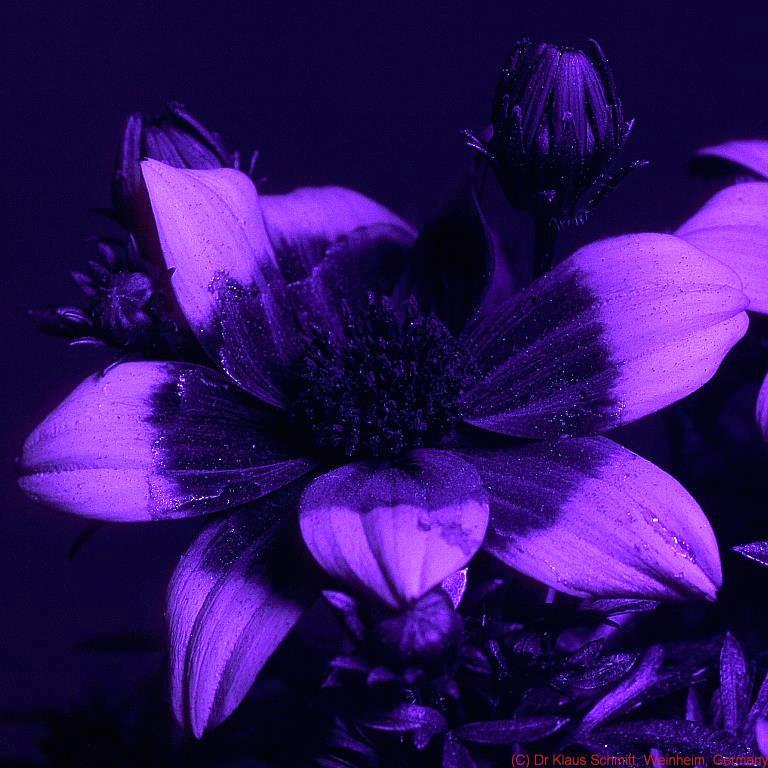Dr Klaus Schmitt
Well-known member
Bidens ferulifolia shot using the CERCO 94mm lens and a Xenon flash.
I found this ensemble rather interesting, as I could get an "unripe" flower also into the picture - without signs of UV pattern.
Visible light:

Insect (bee) vison:

Invisible (ultraviolet):


Insect (bee) vison:

Invisible (ultraviolet):

I found this ensemble rather interesting, as I could get an "unripe" flower also into the picture - without signs of UV pattern.
